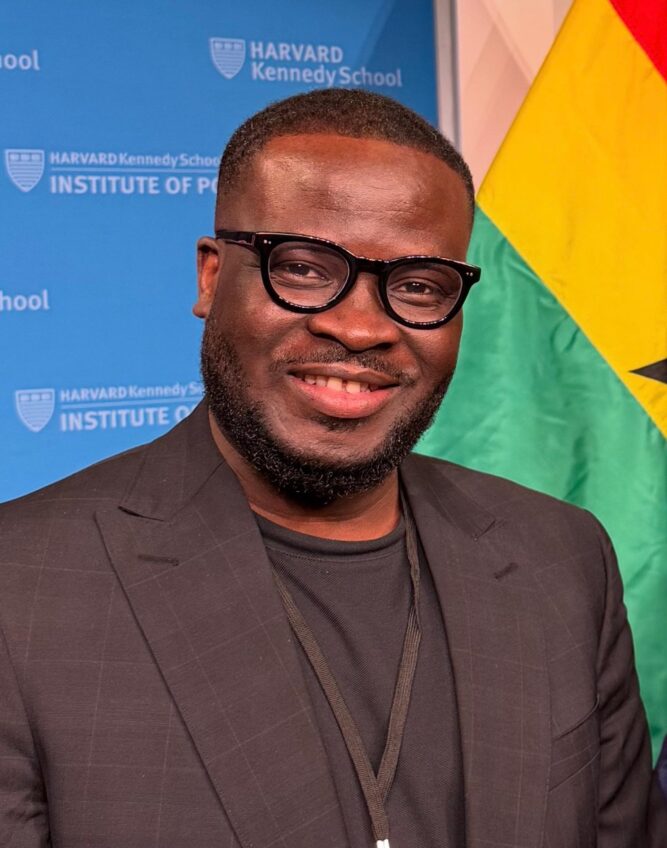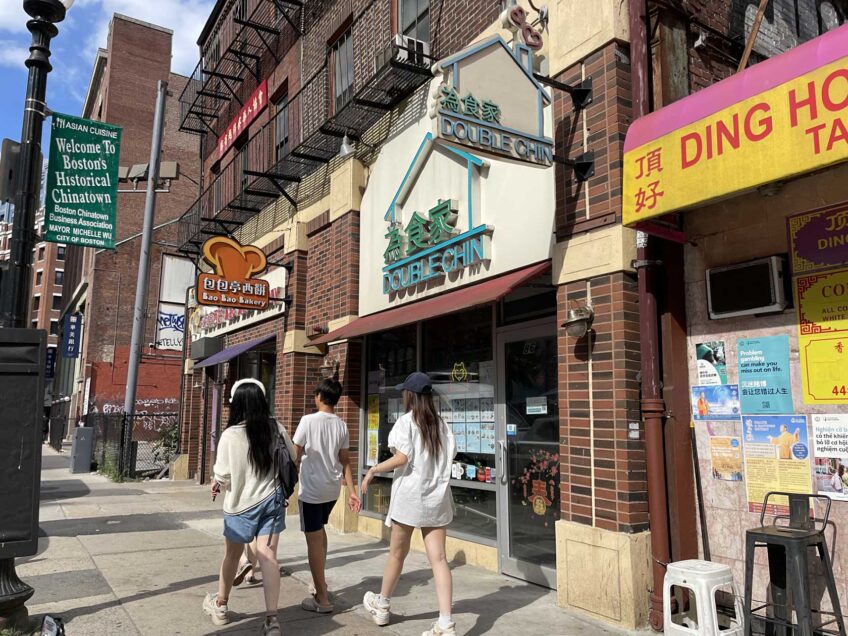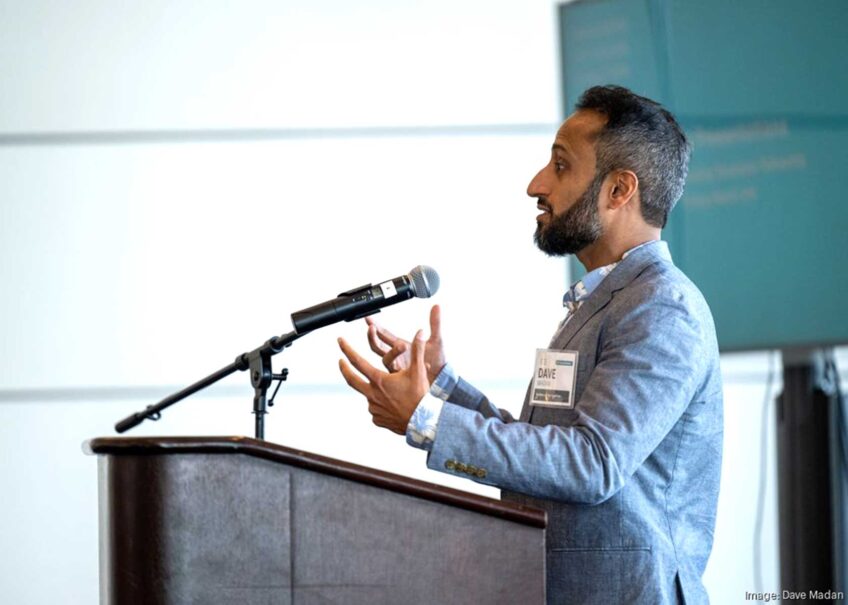Public schools in Randolph, Mass. report a jump in enrollment from Haitian students. A North Central Massachusetts city along to the New Hampshire border elected the state’s first Asian American mayor. And next to a W.E.B. Du Bois mural in Great Barrington, Mass. sits a Latino grocery store and Mexican Restaurant that specialized in food from Oaxaca, Mexico.
While U.S. Census data show that whites are leaving traditional Massachusetts cities in large numbers as more minorities are moving in, the numbers also show that people of color are moving to suburbs and rural areas, too, and are slowing reshaping areas that have been largely white for decades.
New census figures released last week by Secretary of State William Galvin show that the state’s growing Latino, Asian American and black populations have moved all over the Bay State and into areas that once were almost all white.
For example, Berkshire Country in Western Massachusetts saw its Latino population nearly double. And the Asian American population in Plymouth County south of Boston grew by 27 percent.
Phillip Granberry, a research associate at the Gaston Institute at UMass-Boston, said the statewide trends follow similar national patterns as immigrants see other options than moving directly to “gateway cities” and taking their chances in places where there are few networks. “The gateway cities like Boston and Springfield are no longer the first destinations for some,” Granberry said. “These numbers suggest a spreading out across the state.”
Statewide, Latino population was 627,654 in the 2010 census, a 46 percent increase from 2000, according to the new data.
The Asian American population rose by 46 percent to 349,768, while the black population — rising in large part by Haitian immigrants — grew by 26 percent to 434,639. The number of white residents in the state declined slightly.
To be sure, many gateway cities still attracted the largest number of some minority residents overall despite not seeing the larger percentage growths. Boston, for example, saw around 23,000 more Latinos move to the city since the last census.
Still, experts say that the rise of people of color throughout the state is slowly changing the political makeup as the populations mature politically. In January, the Massachusetts House welcomed its first two Asian American members in its more than 200-year history: Democrat Tackey Chan of Quincy and Republican Donald Wong of Saugus. And in recent years, William Latingua in Lawrence became the state’s first Latino elected mayor in Massachusetts, and Setti Warren in Newton became the state’s first African American elected mayor.
Gov. Deval Patrick, the state’s first black governor, said he likes the fact that Massachusetts is becoming more racially and ethnically diverse.
“I think it’s great,” Patrick said last week. “I like the fact that the state is growing. Starting last year for the first time in 20 years, young people and families are moving into Massachusetts faster than they are moving out, and I like the fact that the commonwealth is becoming increasingly more diverse. Who wouldn’t?”
Steve LeBlanc in Boston contributed to this report.






